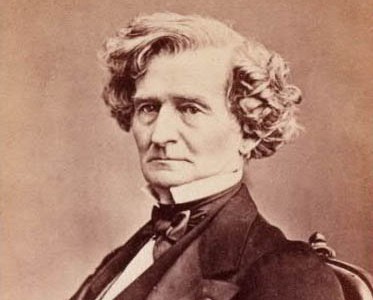
Hector Berlioz – Rákóczi March
Hector Berlioz’s Rákóczi March is a powerful orchestral work that combines French Romanticism with Hungarian national pride.
Based on a traditional Hungarian patriotic melody, this march became widely known through its dramatic appearance in Berlioz’s dramatic legend The Damnation of Faust.
With its bold orchestration and emotional intensity, the piece continues to resonate as a musical symbol of resistance, triumph, and national identity.
Historical Background
The Rákóczi March traces its origins to a Hungarian folk melody associated with Prince Ferenc Rákóczi II, a national hero who led a war of independence against Habsburg rule in the early 18th century.
The melody became a popular patriotic tune in Hungary, symbolizing the spirit of rebellion and national unity.
Berlioz encountered this melody during his 1846 trip to Hungary and was so inspired that he orchestrated it as a standalone march.
He later incorporated it into his large-scale work La Damnation de Faust, where it appears in Act IV, as Hungarian soldiers march onto the scene.
Musical Characteristics
Berlioz’s version of the Rákóczi March is far from a typical military march.
It opens with thunderous timpani and blazing brass, immediately establishing an atmosphere of urgency and drama.
The main theme, infused with Hungarian folk flavor, is at once mournful and heroic—rising gradually in intensity with each return.
As the music progresses, Berlioz employs his trademark orchestral color: sudden dynamic contrasts, sweeping crescendos, and powerful rhythmic drive.
A quieter, more reflective middle section briefly calms the storm before the piece builds again to a thrilling and triumphant finale.
The tension between sorrow and glory, restraint and explosion, gives the work its enduring power.
Cultural Impact and Performance
In Hungary, the Rákóczi March remains a potent national symbol, often performed at ceremonies, commemorations, and patriotic events.
Berlioz’s orchestral setting gave the melody international exposure and elevated it from folk tune to symphonic statement.
The piece is also popular in concert halls, particularly as an encore or dramatic opener.
It has appeared in films, historical documentaries, and has been arranged for wind bands and piano—most notably by Franz Liszt in his Hungarian Rhapsody style.
Conclusion
Berlioz’s Rákóczi March is more than just a stirring piece of music—it’s a cultural bridge between French Romanticism and Hungarian nationalism.
By fusing a traditional patriotic melody with grand symphonic treatment, Berlioz created a work that speaks of pride, defiance, and emotional grandeur.
Whether performed in a solemn ceremony or in the concert hall, this march remains one of the most compelling musical portrayals of national identity and collective memory.
More than 100 million songs in CD quality. 7 million in better-than-CD sound.
🎧 Start your free trial with Amazon Music Unlimited now!

